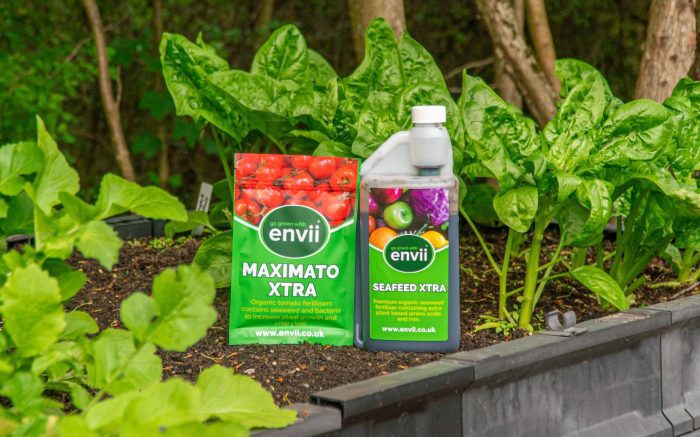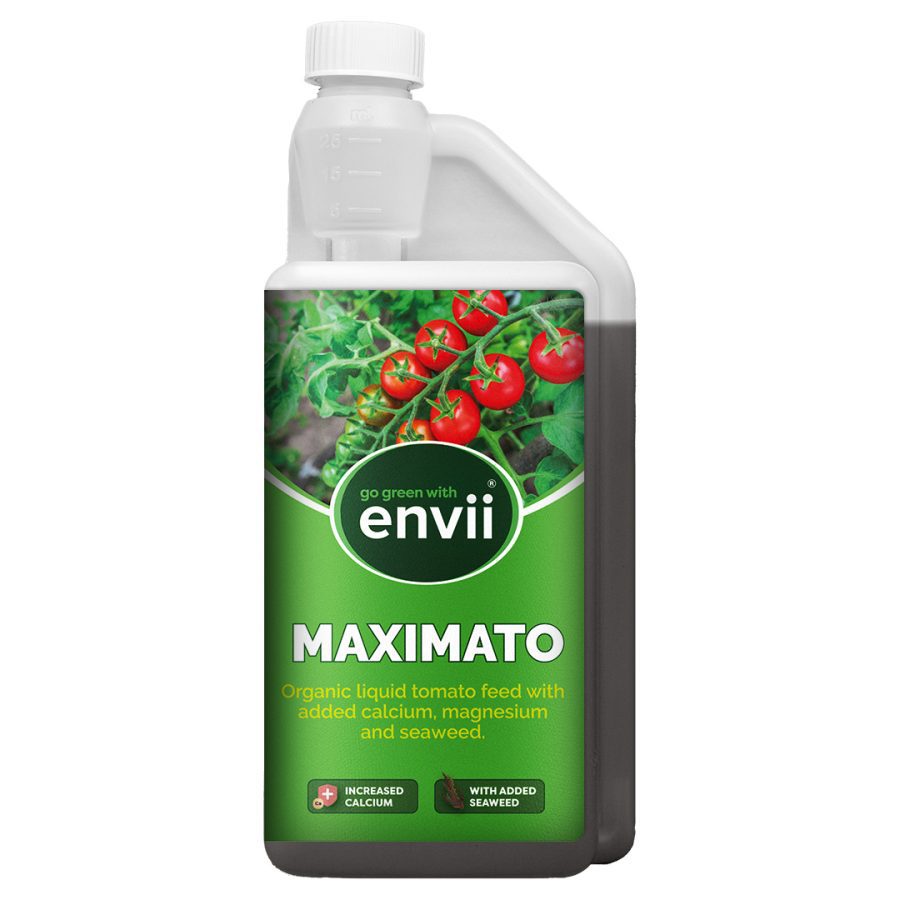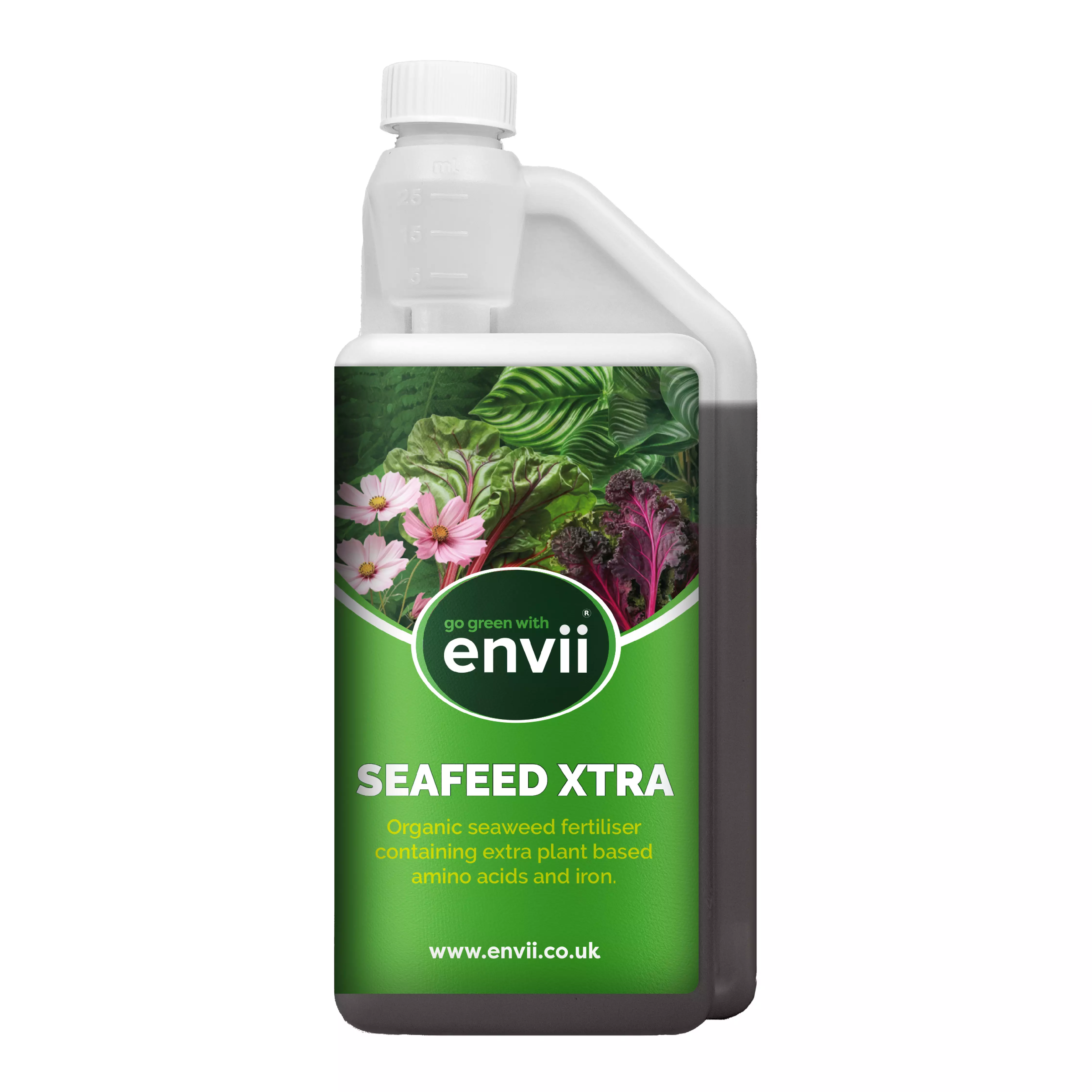Despite what most supermarkets have to offer, aubergines, also known as eggplants, come in a great range of shapes, colours and sizes. They belong to the Solanaceae family, however, unlike their tomato, pepper and potato family members, growing aubergines in the UK can be quite challenging. Particularly in northern regions. Nonetheless, with proper care and cultivation, aubergines can be successfully grown either in a greenhouse or polytunnel.
So, in this guide, we’re covering the best tips for how to grow aubergines.
Sowing Aubergine Seeds
The first thing to note is that aubergines need a hot and extended growing season to produce their best fruits. First-time growers should start with smaller fruiting varieties, such as the Indian aubergine, which will provide a modestly sized but great quality crop.
Start sowing aubergine seeds from January in pots or modules for a longer growing season. Seeds will require a temperature between 21°c – 30°c to germinate, so keep them in a well-lit greenhouse or heated propagator. As seeds, start them off in roughly 3-4-inch pots, once they outgrow this, move the seedlings to 9-inch pots.

Planting Aubergine Seeds
Alternatively, you can buy young aubergine plants at garden centres from March onwards. This is a great option because aubergines can be difficult to raise from seed. Once established, the best time to plant them into a greenhouse or polytunnel is between late May and June.
However, be sure to gradually harden off the plants before permanently planting them out.
Care and Cultivation
As mentioned, aubergines require hot weather to thrive. Therefore, these heat, sunshine and humidity loving plants rely heavily on summer weather conditions to develop.
We all know summer isn’t always guaranteed in the UK, however, there are a few things you can do to help your aubergines along the way:
Helping Aubergine Plants
- – Position aubergines in the warmest regions of the greenhouse
- – Lightly mist their surrounding area in the greenhouse with water to create humidity, alternatively, place containers of water around them. (This encourages flowers to on-set).
- – Keep them away from shade-causing plants or poorly lit areas
- – Grow aubergines in moveable containers; the mobility allows you to move them around to their best-growing environment.

When plants are roughly 20cm tall, pinch out their growing tips to encourage flowers and fruit production. Then, as aubergines continue to grow heavier and begin to develop fruits, use canes and bamboo sticks to stake and support them.
Be sure to limit fruit growth to no more than 5 fruits per plant. Any flowers that bloom after the first 5 fruits will cause plants to produce a smaller and weaker quality harvest. Remove these flowers so aubergine plants can refocus their energy on existing fruits.
All flowers, no fruits
On the opposite end of the spectrum, if your aubergine plants are all flowers and no fruit then there’s a pollination issue.
While aubergines are technically self-pollinating plants, growing them in greenhouses or polytunnels may disrupt pollination due to the lack of environmental assistance such as wind.
Try leaving greenhouse and polytunnel doors or windows open to encourage airflow and access for bees.

Extra Nutrients
You should really start feeding your plants 4 weeks after planting out. However, once fruits start emerging on aubergine plants, it’s a sign you should start giving them some extra nutrients. Especially when it comes to growing aubergines in containers.
Begin feeding plants weekly with an additive specifically designed for tomatoes (aubergines grow amazingly in similar conditions to tomatoes) along with a rich liquid seaweed fertiliser. Seaweed fertilisers are great for container-grown aubergines because they minimise the build-up of salt traces that might otherwise limit a plant’s development.

Harvesting Aubergines
Up to 6 months from sowing is when you might expect to harvest aubergines. With the main harvesting time between August and September. This is why it’s so important to start them early in the season.
Signs fruits are ready for picking include pulp, shiny skin and lengths roughly 6-inches long. Depending on the variety. Aubergines can be stored at home in the fridge for up to 2 weeks, although they taste best when eaten fresh.

Pest and Disease Control
An advantage to aubergine plants for gardeners is that they’re widely disease-free. However, aphid and whitefly pests are a common problem.
If you notice aphids on your plants, a quick fix is to simply rub them off with your fingers. While whitefly can be combatted by introducing ‘Encarsia Formosa’ a natural predator of garden whitefly.

Related Products
-
 New in
New in
Envii Maximato
£10.99Organic liquid tomato plant feed with added seaweed, calcium and magnesiumAdd to Basket -

Envii SeaFeed Xtra
£12.99Organic seaweed fertiliser improves plant growth and health.Add to Basket

 Call us on 01246 240880
Call us on 01246 240880 Free 48hr Delivery
Free 48hr Delivery Sign-up and receive 10% off
Sign-up and receive 10% off